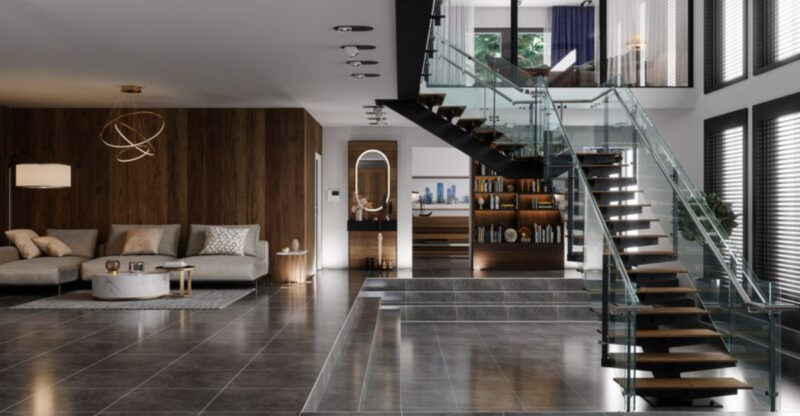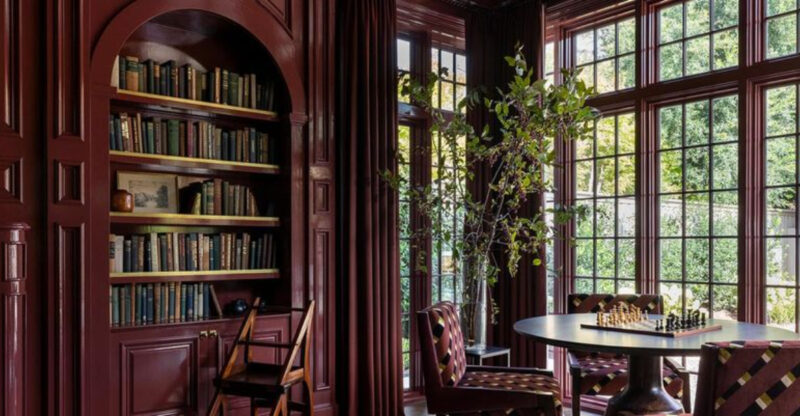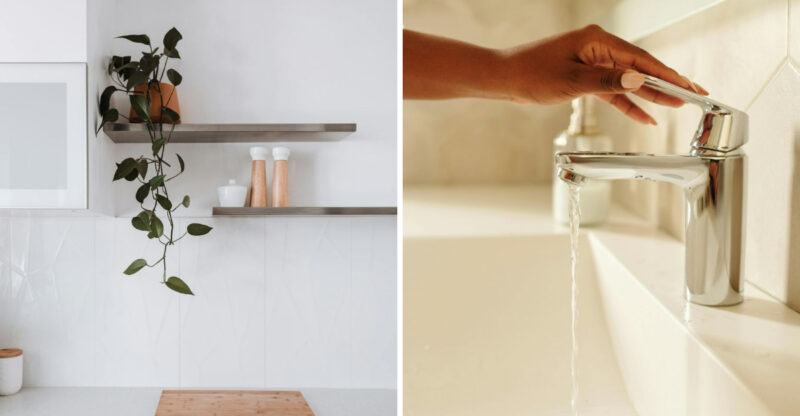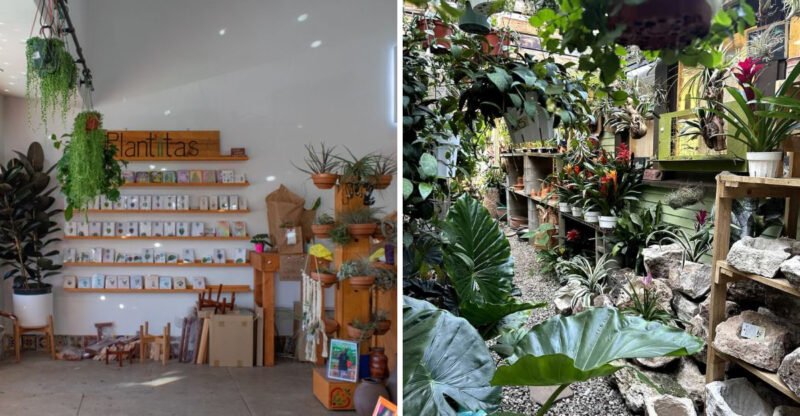10 Florida Property Types Expected To Face Value Declines By 2026
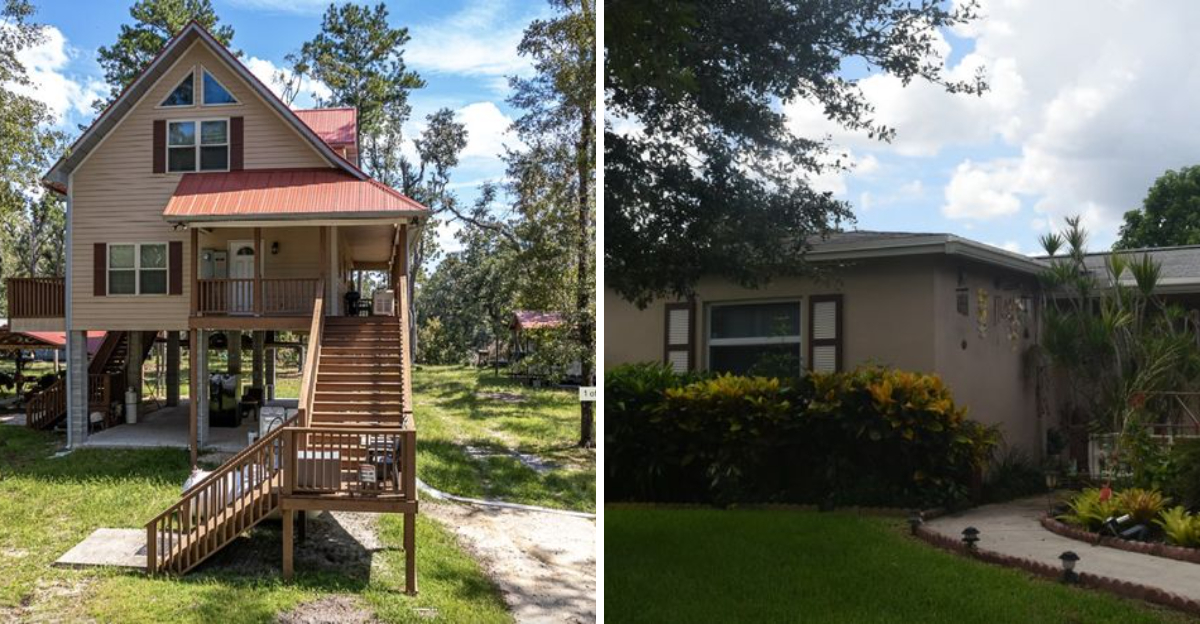
Florida’s real estate market is changing fast, and not all properties will keep their value in the coming years. Climate concerns, insurance costs, and changing buyer preferences are reshaping what makes a good investment in the Sunshine State.
If you own or are thinking about buying property in Florida, you should know which types might lose value by 2026.
1. Older Mobile Homes
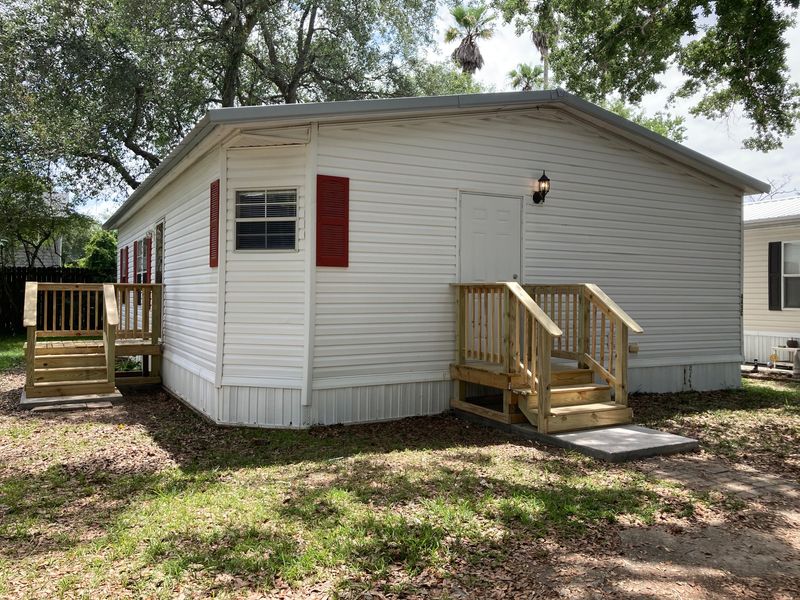
Ever noticed how older mobile homes seem to disappear after major storms? These aging structures face serious challenges in Florida’s harsh climate.
Manufactured before modern wind-resistance standards, they’re increasingly expensive to insure, if coverage is available at all. Many counties have tightened regulations on these homes, making repairs and replacements difficult.
Buyers are becoming more cautious about these properties as maintenance costs rise and lifespans shorten in the humid Florida environment.
2. Wood-Sided Beach Cottages
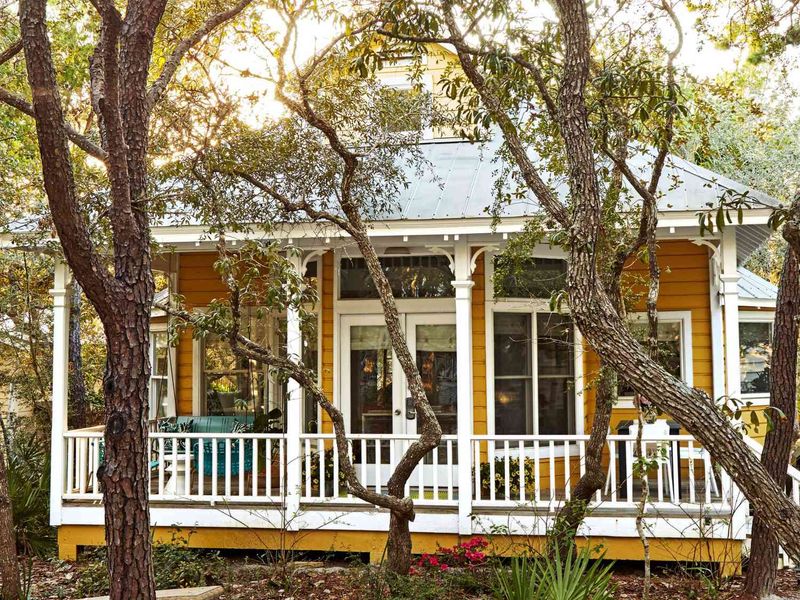
Though charming and nostalgic, wood-sided beach cottages are fighting a losing battle against Florida’s elements. Salt air corrodes and deteriorates wooden exteriors at alarming rates, creating maintenance nightmares for owners.
Insurance companies have practically declared war on these structures, with premiums sometimes exceeding mortgage payments. The constant repainting, replacing rotted boards, and termite treatments make ownership increasingly impractical.
Most new buyers prefer modern, low-maintenance concrete or fiber-cement construction that better withstands coastal conditions.
3. Unreinforced Concrete Block Homes
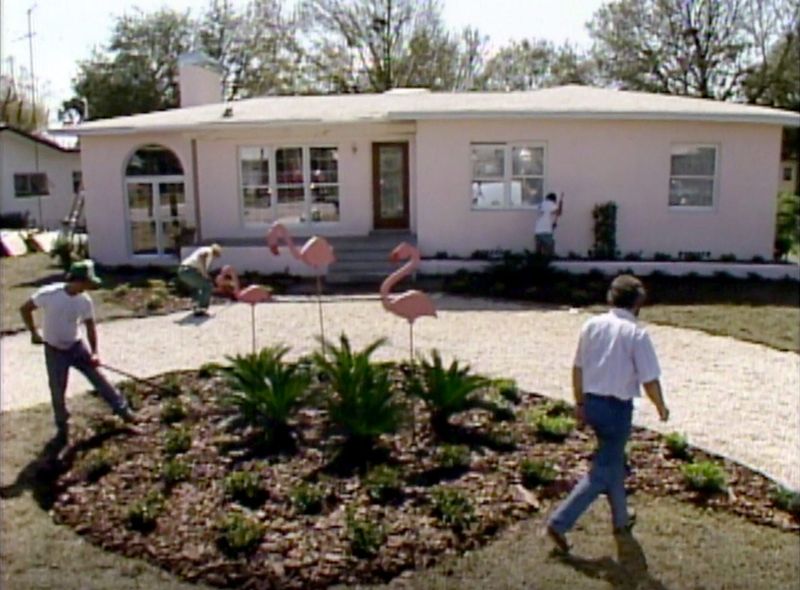
Where I come from, we call these “disasters waiting to happen” in hurricane country! Unreinforced concrete block homes built before modern building codes lack the structural integrity needed for Florida’s extreme weather.
Without proper steel reinforcement, these homes can literally crumble during strong storms. Insurance companies have caught on, dramatically increasing rates or denying coverage altogether.
The cost to retrofit these structures often exceeds their current value, leaving owners with difficult choices as 2026 approaches.
4. Homes In High-Flood-Risk Zones
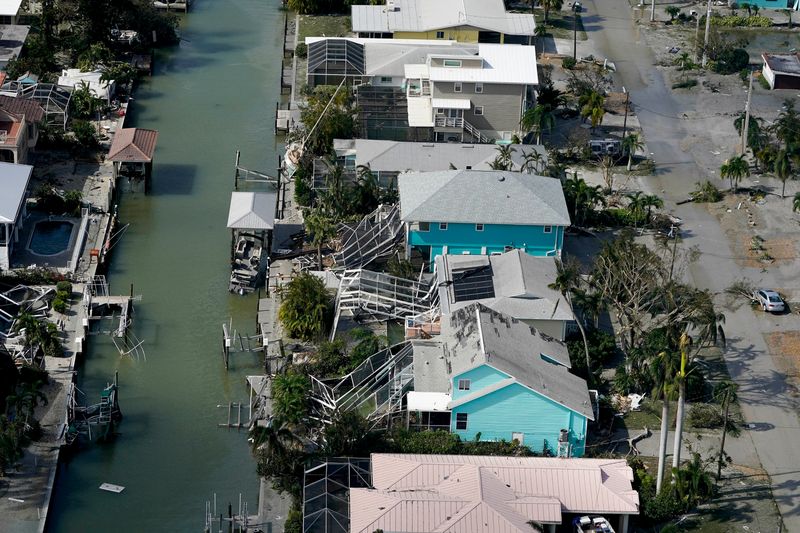
If you’re seeing puddles in your yard when the forecast is clear, you might own one of these troubled properties! Homes in high-flood-risk zones face a perfect storm of challenges as climate change intensifies Florida’s flooding issues.
FEMA’s flood map revisions are placing more properties in high-risk categories, triggering massive insurance increases. Mortgage lenders are becoming increasingly hesitant about these properties.
The constant anxiety of potential flooding, combined with the practical problems of mold and foundation damage, is driving home shoppers toward higher elevations.
5. Outdated High-Rise Condos
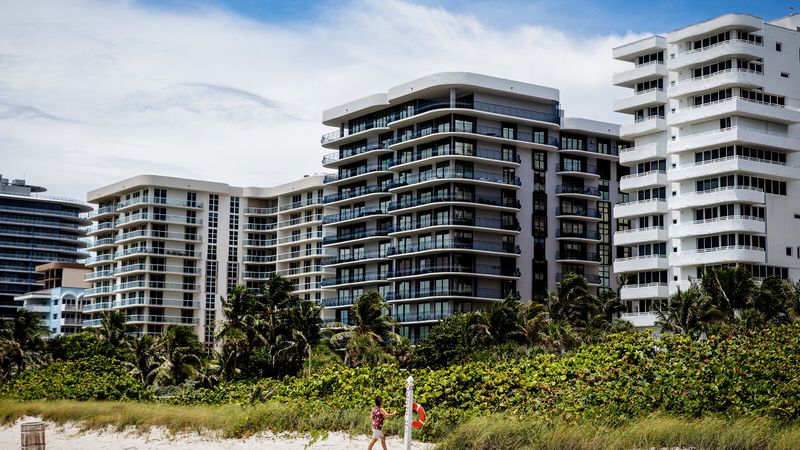
Remember those glamorous 1980s Miami Vice-style condos? Their glitz is fading fast. Outdated high-rises face crushing special assessments as aging infrastructure demands attention after the Surfside tragedy changed everything.
Condo boards across Florida are ordering comprehensive structural inspections, often revealing expensive problems. Buyers now scrutinize reserve funds and maintenance histories like never before.
The combination of rising association fees, special assessments, and insurance hikes is making these once-desirable properties increasingly difficult to sell.
6. Aging 1970s-Style Houses
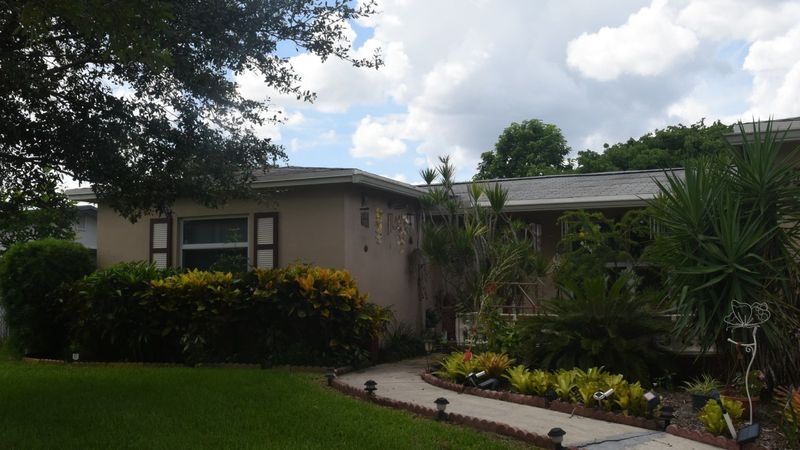
Though once the height of suburban chic, those Brady Bunch-inspired homes are falling out of favor fast. Aging 1970s-style houses feature outdated floor plans with formal dining rooms, small kitchens, and compartmentalized living spaces that conflict with modern preferences.
Their electrical systems often can’t handle today’s technology demands. These homes typically have original plumbing that’s reaching end-of-life, energy-inefficient features, and dated aesthetics that require costly renovations.
As renovation costs increase and buyer preferences shift toward open concepts, these properties face declining demand.
7. Properties Without Hurricane-Rated Windows

How much do you enjoy putting up hurricane shutters every storm season? Properties lacking hurricane-rated windows are becoming increasingly problematic in Florida’s insurance landscape.
Insurers are either denying coverage or charging astronomical premiums for homes without these protective features. The installation cost for hurricane windows throughout an entire home can easily exceed $30,000.
This expense often doesn’t fully return in property value. As extreme weather events increase in frequency and intensity, buyers are prioritizing homes with built-in storm protection, leaving these properties languishing on the market.
8. Homes In Remote Rural Areas
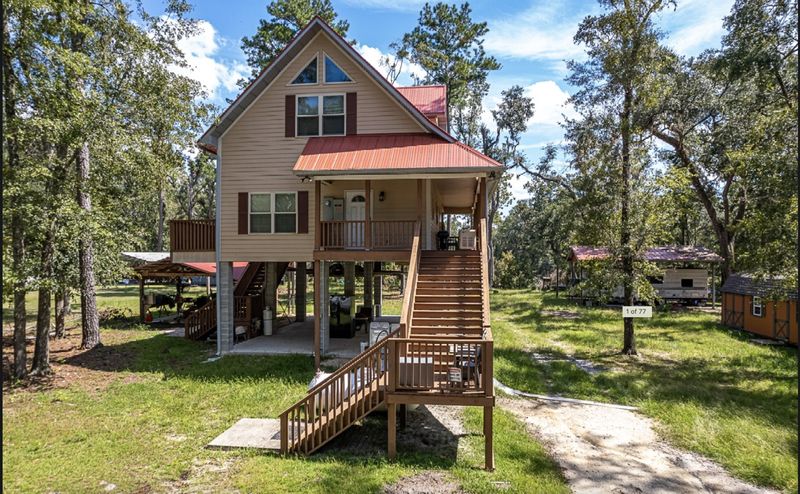
Did you dream of country living in the Sunshine State? That dream might come with a financial nightmare by 2026. Homes in remote rural Florida areas are facing growing challenges as services become more concentrated in urban centers.
Rising fuel costs make long commutes increasingly expensive. Healthcare access is diminishing in many rural communities.
These properties often rely on septic systems and wells that require costly maintenance and updates to meet tightening environmental regulations. As younger home hunters prioritize walkability and connectivity, the market for isolated properties continues shrinking.
9. Under-Maintained Waterfront Properties
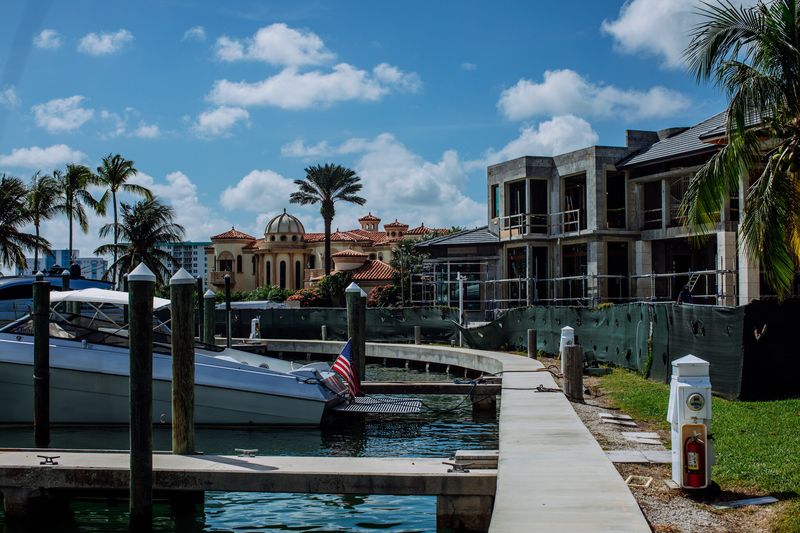
Those dreamy waterfront views can hide expensive nightmares if maintenance has been neglected! Under-maintained waterfront properties face accelerating deterioration as Florida’s climate becomes more extreme.
Seawalls that haven’t been properly maintained can cost $50,000+ to replace when they inevitably fail. Docks and boathouses deteriorate rapidly without regular care. Salt corrosion attacks everything from electrical systems to appliances at shocking speeds.
As buyers become more sophisticated about these issues, properties with deferred maintenance face increasingly steep price reductions to compensate for the looming repair costs.
10. Small Multi-Family Units Lacking Modern Amenities
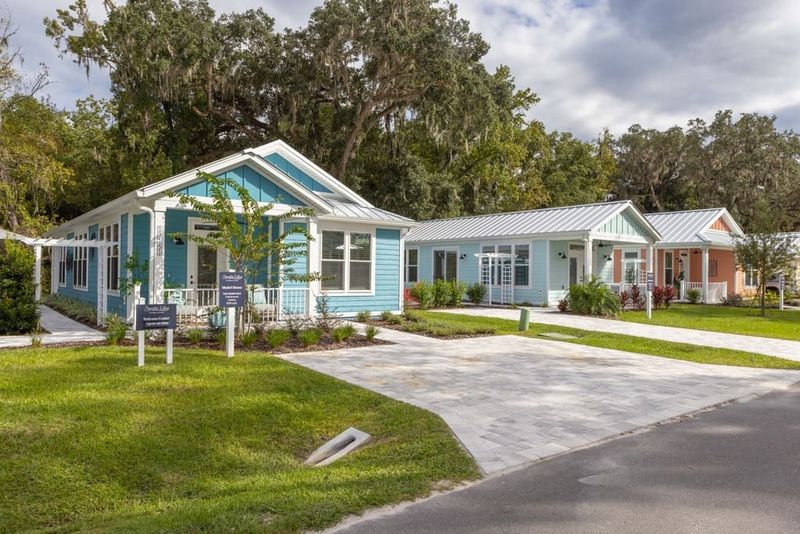
When was the last time you saw a duplex with a fitness center? Small multi-family units without modern amenities are losing their competitive edge in Florida’s rental market.
Today’s renters expect smart home features, updated kitchens, and community amenities that these older properties typically lack. Utility costs in these energy-inefficient buildings eat into potential rental income.
Their typically smaller unit sizes conflict with post-pandemic demands for home office space. As larger apartment complexes offer increasingly competitive rates with abundant amenities, these smaller multi-family properties face declining occupancy rates and rental income potential.

